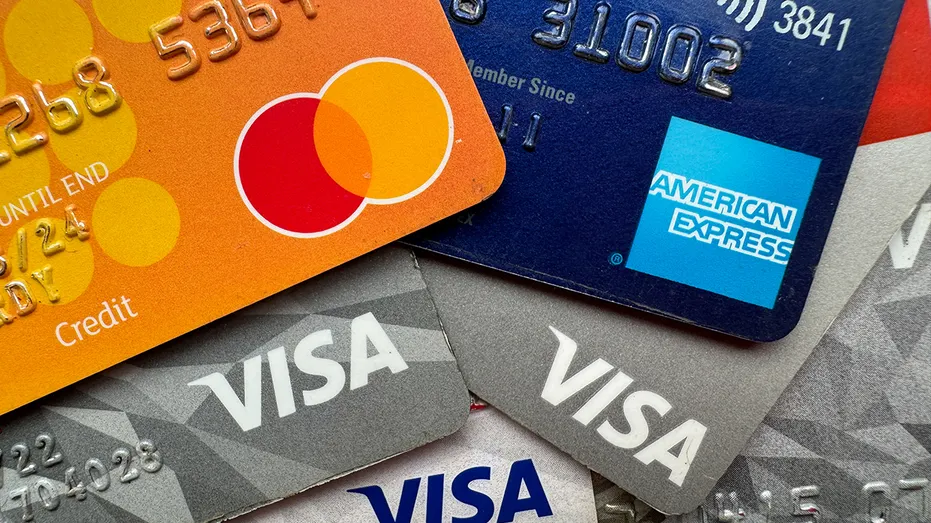Credit cards offer convenience and flexibility, especially when it comes to cashing out funds in times of financial need. However, without careful management, credit card cashing can quickly lead to overwhelming debt. Many people fall into the trap of using cash advances irresponsibly, which often results in high-interest charges, mounting balances, and financial stress. To protect yourself, it’s essential to adopt smart financial habits. Below are the top 10 ways to avoid debt while using credit card cashing.
1. Understand the Terms and Fees
Before taking a cash advance, always read your card’s terms. Cash advances often come with higher interest rates and additional service charges. Unlike regular purchases, interest on cash withdrawals typically starts accruing immediately. Being aware of these details will help you decide whether cashing out is worth it.
2. Set a Strict Cashing Limit
Never use your full cash advance limit. Instead, set a personal cap—such as 20–30% of your total available credit. This ensures you don’t borrow more than you can comfortably repay. Setting your own limit helps prevent over-dependence on cash advances.
3. Use Cashing for Emergencies Only
Avoid using 신용카드현금화95 for daily expenses, shopping, or entertainment. Restrict it to genuine emergencies like medical bills, urgent travel, or unexpected car repairs. Treating cash advances as emergency-only tools will reduce unnecessary debt buildup.
4. Pay More Than the Minimum
When repaying, always aim to pay more than the minimum monthly balance. Credit card interest, especially on cash advances, compounds quickly. Paying a larger portion each month reduces both the principal and the interest, keeping debt under control.
5. Create a Repayment Plan
Before you withdraw any cash, plan how you’ll repay it. For example, if you take out $500, map out a repayment schedule within the next one to three months. Sticking to a timeline ensures you won’t carry the balance for long, minimizing interest charges.
6. Monitor Your Spending Habits
Keep track of where your money goes. If you notice that you often rely on cash advances for non-essentials, it’s a red flag. Using a budgeting app or spreadsheet can help identify spending leaks and cut back on unnecessary expenses.
7. Build an Emergency Fund
One of the best ways to avoid debt is to create a savings buffer. An emergency fund reduces your dependence on credit card cashing. Even a small monthly contribution toward savings will help you avoid cash withdrawals in the future.
8. Avoid Multiple Cash Advances
Taking several cash advances in a short period can quickly spiral into uncontrollable debt. Each transaction may incur its own fee and interest charges. Stick to one withdrawal at a time and repay it fully before considering another.
9. Negotiate with Your Card Provider
Some banks allow negotiation of interest rates, especially if you have a good payment history. Ask about promotional offers, lower rates, or repayment assistance. Negotiating with your provider can help reduce the burden of cash advance charges.
10. Consider Alternatives
Instead of relying on 카드 현금화, explore other financial solutions. Personal loans, borrowing from family, or even employer salary advances often carry lower interest rates. Exploring alternatives can save you money and reduce the risk of long-term debt.
Final Thoughts
Credit card cashing can be a useful financial tool when managed responsibly, but it’s also one of the quickest ways to fall into debt if misused. By following these ten strategies—such as setting limits, paying promptly, and considering alternatives—you can protect yourself from unnecessary financial stress. Remember, the key lies in discipline, planning, and treating your credit card as a convenience, not a crutch.

